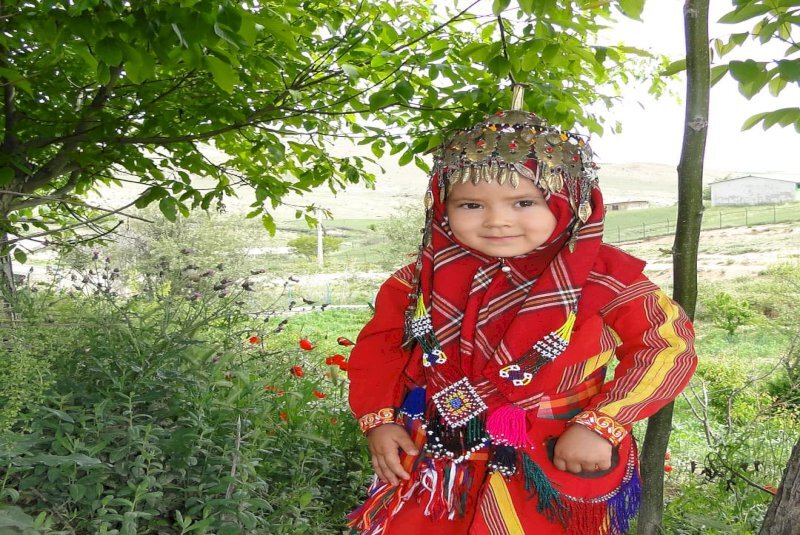Hinji-Duzi decorating Turkmen clothing for centuries

TEHRAN – Turkmen women have used Hinji-Duzi for centuries as a means of decorating clothing.
The art, which has been inscribed on the National Intangible Cultural Heritage list, is a traditional type of beadwork and Turkmen style of Monjugh-Duzi.
In 2020, the tourism authorities of Golestan announced that Lohondor, a small village in the northern province, is planned to be named the national village of Hinji-Duzi, as the traditional art is still popular in several villages and cities across the province.
In Hinji-Duzi, Mojughs, which are small beads that look like glass, are sewn to clothing and other textiles.
There are some historical documents and evidence that prove this art was quite popular during the Achaemenid and Sassanid eras. Back then tents, carpets, and garments were ornated by Monjughs. However, it was a custom specific to aristocrats.
Narratives say that Monjugh flourished once again in the late 20th century, during the Qajar era. Some of the valuable and elaborate Monjugh-Duzi pieces of this era are kept in the Decorative Arts Museum of Iran and can be visited.
Progressively, the material for making Monjugh changed from gemstones to glass and they turned into a craft practiced and used by ordinary people.
Earlier this month, at the 17th session of the Intangible Cultural Heritage Committee of the United Nations Educational, Scientific and Cultural Organization (UNESCO), which was held in Morocco, Turkmen-style needlework was inscribed on the Representative List of the Intangible Cultural Heritage of Humanity jointly for Iran and Turkmenistan.
Turkmen-style needlework is a decorative applied art used on the national dress of people of all genders and ages in Turkmenistan and Iran.
Iranian Turkmen people are known for their unique handmade products in the country.
ABU/AM
Leave a Comment